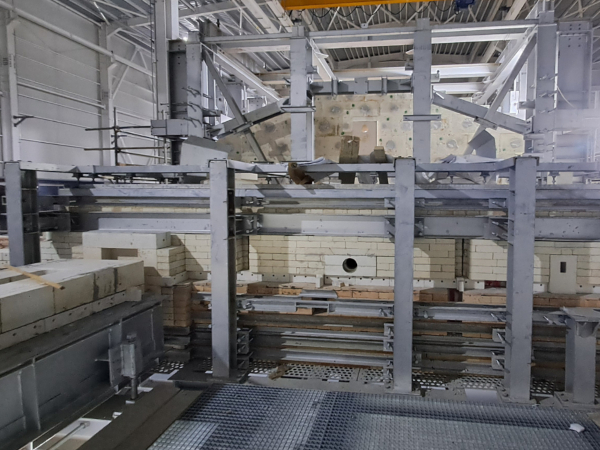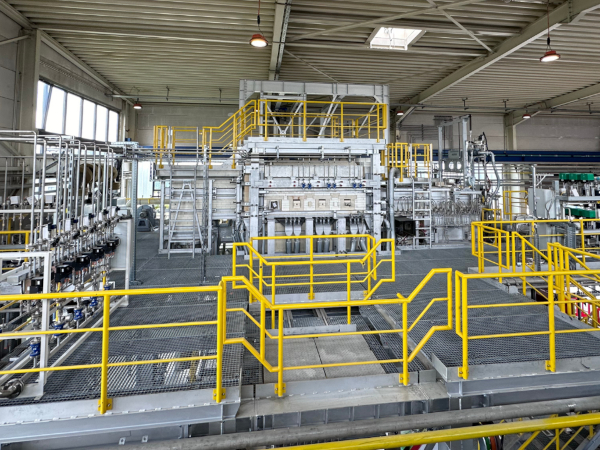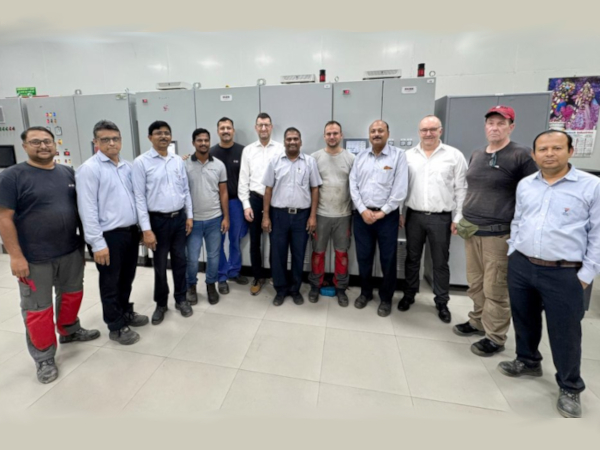Date: 20 November 2006
Beer ranks among the world’s most popular alcoholic drinks. It all starts with malt made from special grains, usually malting barley. In malt houses, these grains are soaked in water until they germinate. As a result, the water content rises to approx. 40 percent. After five to seven days, germination is put to an end by gentle drying. Experts use the term kiln-drying. Finally, the germ bud that started to grow is removed. The malt is now ready for storage.
The air inside the drying plants in modern malt houses is heated up indirectly to as high as 100 degrees Celsius. Natural gas burners produce a hot gas that heats up the air indirectly using a heat exchanger that contains bundles of steel tubes. This ensures that the malt remains free from the combustion products of fossil fuels. This firing method also prevents hazardous nitrosamines from forming. In addition, a large format glass tube heat exchanger is put to use to ensure that the energy from the exhausted air that is saturated with water vapor is transferred to the ambient supply air. This reduces the amount of energy consumed by the air heater. In the light of today’s high energy costs, this is definitely an investment that will redeem itself quite quickly.
Flucorrex AG, based in Flawil, Switzerland, is the leading international manufacturer of glass tube heat exchangers for malt houses. “We have been ordering special glass tubes from SCHOTT-Rohrglas for many years. The quality and reliable supply, but also the good service we get from both the factory and the Swiss Sales Office in nearby St. Gallen have really convinced us,” explains Managing Director, Dr. Ulrich Willibald. His colleague and co-member of the management team, Dr. Detlef Bernt, is convinced that glass tubes offer not only resistance to corrosion and aging, but also significant weight and price advantages over tubes made of chromium-nickel steel.
Heat exchanger for NOx removal plants
The tubes of up to four meters in length are manufactured in Mitterteich, Germany, and delivered to Flucorrex in four different variations. The outside diameters range from 20 to 40 millimeters. The glass tube heat exchangers consist of modules that are fitted together. These can have breathtaking dimensions of up to 30 meters in length and eight meters in height. As many as 80,000 special glass tubes can be installed into one steel construction.
The Flucorrex AG product line also includes heat exchangers for NOx removal plants. Here, the Swiss company relies on SCHOTT Duran®, a special glass that effectively stands up to chemicals and heat. Before they are installed, these tubes are lined with a special polymer. Flucorrex processes an average of 2,600 kilometers of special glass tubing from SCHOTT each year.










Add new comment